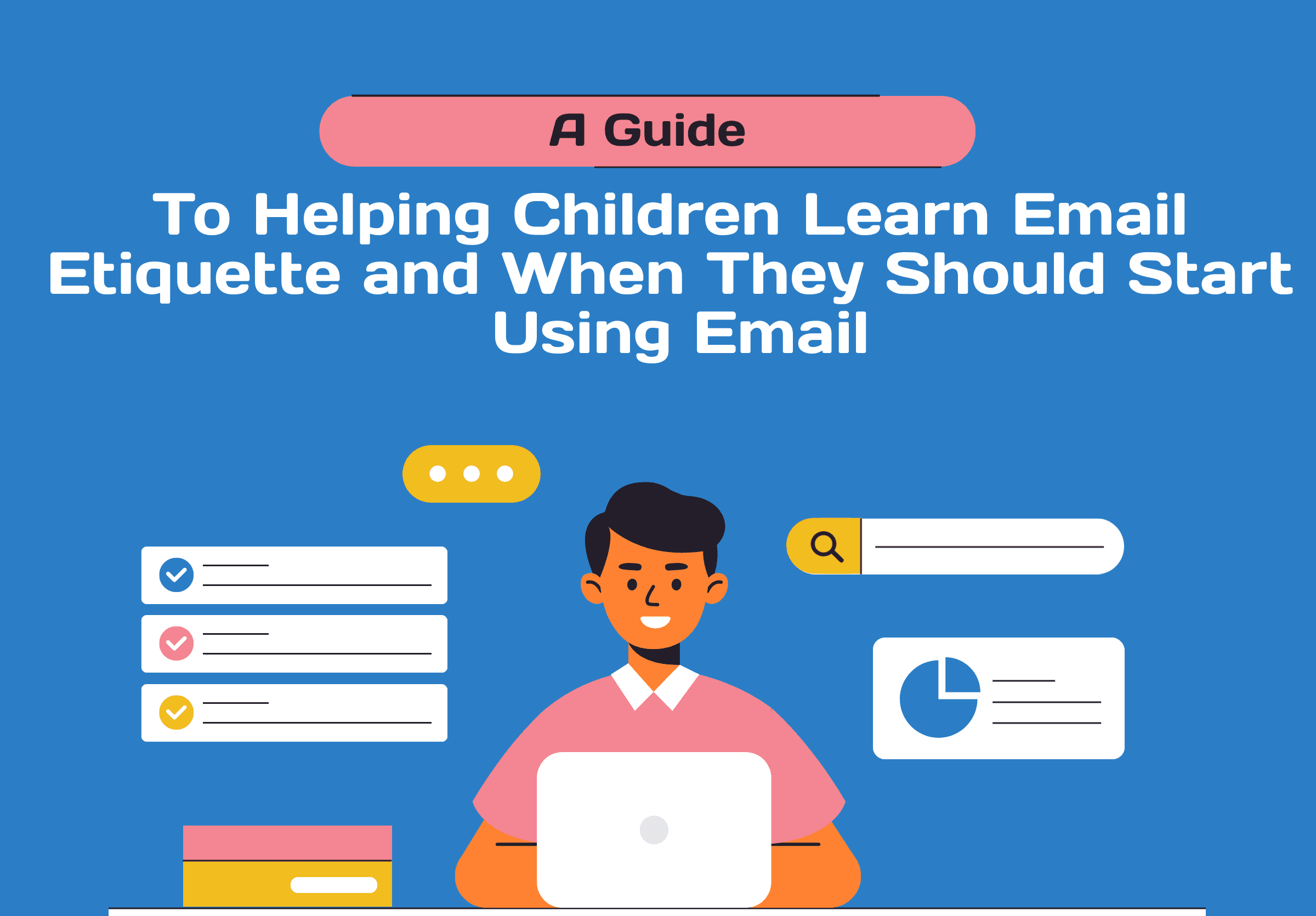Table of Contents

Teaching online safety to kids of all ages is an essential part of parenting and education in today’s digital age. Here are some tips on how to teach kids about online safety and help them navigate the internet effectively:
- Start early: Start teaching kids about online safety as early as possible, so they have a good understanding of how to navigate the internet safely.
- Create an open and honest dialogue: Encourage open and honest communication with your children about the risks of the internet, and create a safe and supportive environment where they feel comfortable asking questions and discussing concerns.
- Teach critical thinking skills: Teach children to think critically about the information they find online and to evaluate the sources they use.
- Set boundaries: Establish clear rules and boundaries about what is and isn’t allowed online, such as time limits and types of content that are off-limits.
- Monitor their internet use: Keep an eye on your children’s internet use, especially when they are young, and monitor their online activities to ensure they are not accessing inappropriate content or engaging with strangers.
- Use parental controls: Utilize parental control software to block inappropriate content, limit screen time, and monitor online activity.
- Teach them to protect their personal information: Teach children to protect their personal information, such as their name, address, and phone number, and to never share this information online without your permission.
- Teach them about online privacy: Teach children about online privacy, and encourage them to be mindful of what they share online and who they share it with.
- Be a good role model: Set a good example by practicing safe online habits yourself, and show your children how to use the internet safely and responsibly.
- Stay up-to-date: Keep up-to-date with the latest online safety information and tools, and educate yourself on new online risks and trends.
By following these tips, you can help your children navigate the internet safely and responsibly, and prepare them for a lifetime of safe and successful internet use.
Safeguarding Digital Explorers: Strategies for Fortifying Child Online Safety
In the age of digital exploration, instilling a robust understanding of online safety in children is paramount. Building on the foundational tips provided earlier, let’s delve into additional strategies and considerations to fortify your child’s online safety experience.
1. Open Communication Channels:
Foster open communication with your child regarding their online activities. Encourage them to share their experiences, concerns, or any unusual encounters they may have had. This creates a supportive environment for addressing potential issues promptly.
2. Educate on Privacy Settings:
Teach your child about the importance of privacy settings on social media platforms, gaming accounts, and other online spaces they frequent. Guide them through the process of adjusting these settings to control who can access their information and interact with them.
3. Critical Thinking and Online Discernment:
Equip your child with critical thinking skills to assess online content. Teach them to question the credibility of information, recognize potential scams or phishing attempts, and be cautious about sharing personal details.
4. Establish Screen Time Limits:
Set clear guidelines for screen time and ensure your child understands the importance of balancing online activities with other responsibilities. Use parental controls or built-in device features to enforce screen time limits if necessary.
5. Cyberbullying Awareness:
Educate your child about the harmful effects of cyberbullying and the importance of reporting any instances. Emphasize kindness and empathy, encouraging them to treat others online as they would in person.
6. Regularly Monitor Online Activities:
Stay actively involved in your child’s online life by periodically checking their devices, social media accounts, and messaging apps. This helps you stay aware of their interactions and identify any potential risks.
7. Digital Footprint Understanding:
Teach your child about the concept of a digital footprint — the trail of data left behind by online activities. Emphasize the long-term consequences of their online behavior, as this awareness can encourage responsible digital citizenship.
8. Explore Educational Apps and Games:
Encourage the use of educational apps and games that not only entertain but also provide constructive learning experiences. Look for age-appropriate content that aligns with your child’s interests and supports their cognitive development.
9. Stay Informed About Online Trends:
Keep yourself informed about the latest online trends, apps, and platforms popular among children. This knowledge enables you to anticipate potential risks and engage in meaningful conversations about new digital spaces.
10. Collaborate with Other Parents:
Foster a sense of community by collaborating with other parents to share insights, experiences, and strategies for ensuring online safety. This collective effort can provide additional layers of protection and support for all children involved.
Remember, creating a safe online environment for children requires ongoing involvement and adaptation. By combining these strategies with a proactive and informed approach, you can help your child navigate the digital world responsibly and confidently.
FAQ
When should I start teaching my kids about online safety?
It’s best to start teaching kids about online safety as early as possible, so they develop a good understanding of how to navigate the internet safely from a young age.
How can I encourage open communication with my children about online safety?
Foster open and honest dialogue with your children about the risks of the internet. Create a supportive environment where they feel comfortable asking questions and discussing concerns.
What are some practical ways to monitor my child’s internet use?
Keep an eye on your children’s internet activities, especially when they are young. Utilize parental control software, set boundaries, and establish clear rules about what is and isn’t allowed online.
How can I educate my child about protecting personal information online?
Teach your children to protect their personal information and never share it online without permission. Emphasize the importance of privacy and online safety.
What can I do to stay informed about online safety trends?
Stay up-to-date with the latest online safety information and tools. Educate yourself on new online risks and trends to better guide your children in navigating the digital world responsibly.



